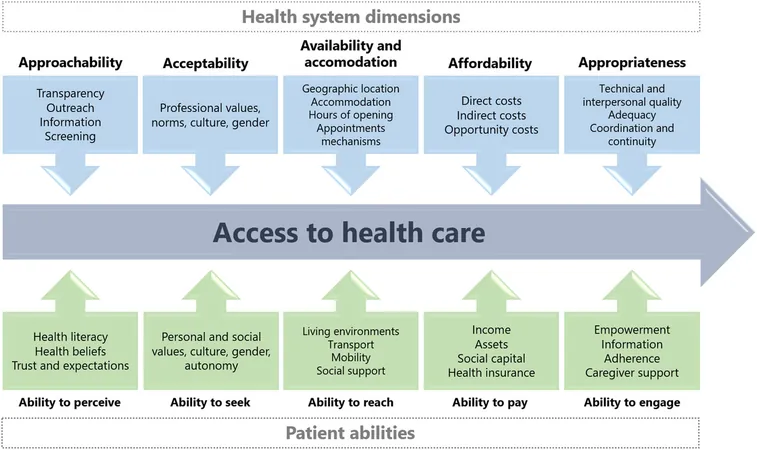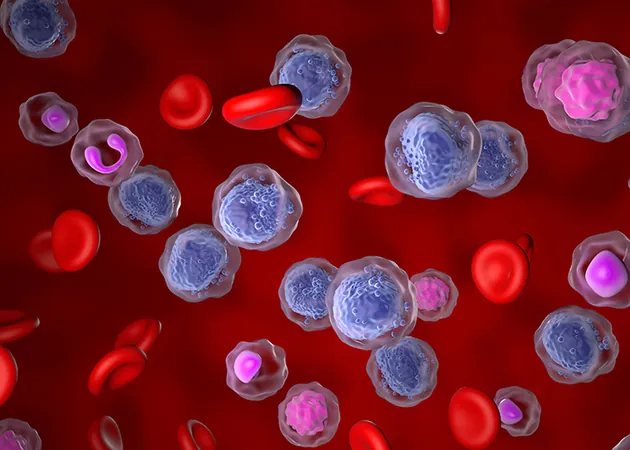
Game-Changer in Genome Editing: TnpB Tool Set to Revolutionize Genetic Disorder Treatments!
2024-09-23
The Rise of TnpB: A Highly Efficient Genome Editing Tool
Groundbreaking research conducted by a team led by Gerald Schwank from the University of Zurich and ETH Zurich has unveiled TnpB as a compelling alternative to existing genome editing techniques. This compact protein, a precursor to the Crispr-associated protein Cas12, has been engineered to deliver astounding improvements in targeting and functionality—boasting an efficiency increase of 4.4 times compared to previous TnpB iterations.
How TnpB Compares to CRISPR
The CRISPR-Cas system fundamentally changed the landscape of gene editing in the last decade. By acting as molecular "scissors," it effectively targets and alters specific DNA sequences to repair genetic errors. However, the relatively bulky size of Cas proteins often complicates their delivery to human cells. This obstacle has sparked significant interest in smaller alternatives with comparable editing capabilities.
Engineering Precision: The Key to Success
The latest study reveals that researchers significantly enhanced TnpB’s DNA targeting abilities by reengineering the protein. “We improved TnpB in two crucial ways: enhancing its efficiency in reaching the nucleus where genomic DNA resides and expanding its targeting capacity to alternative genetic sequences,” explained lead author Kim Marquart.
In a remarkable experimental approach, the research team tested TnpB’s functionalities across 10,211 distinct DNA sites, collaborating with artificial intelligence experts to create a predictive model. This model boasts an impressive genome editing success rate of up to 75.3% in mouse livers and 65.9% in mouse brains—setting a new standard for future applications.
Aiming at Familial Hypercholesterolemia
A prime target for TnpB’s therapeutic potential lies in familial hypercholesterolemia, a hereditary condition afflicting over 31 million globally. Those affected are at a higher risk of severe cholesterol-related issues such as heart disease. Utilizing their refined TnpB system, researchers effectively edited the genes that regulate cholesterol production, achieving a remarkable 80% reduction in cholesterol levels in treated mice.
The Future of Gene Therapy: Unlocked
The introduction of TnpB marks a pivotal advancement in genome editing technology. With its reduced size and enhanced precision, it stands to make gene therapy not only more efficient but also more accessible for a broader spectrum of genetic disorders. As research progresses, TnpB may very well pave the way for safer and more reliable methods to treat complex genetic conditions.
In the near future, TnpB could potentially transform medical approaches to genetic diseases, providing hope for millions suffering from hereditary disorders. The implications of this breakthrough are truly remarkable, with the potential to change lives around the globe! Keep an eye on this exciting development as scientists continue to explore and refine this powerful editing tool—who knows what amazing advancements lie ahead in the world of genetics!




 Brasil (PT)
Brasil (PT)
 Canada (EN)
Canada (EN)
 Chile (ES)
Chile (ES)
 España (ES)
España (ES)
 France (FR)
France (FR)
 Hong Kong (EN)
Hong Kong (EN)
 Italia (IT)
Italia (IT)
 日本 (JA)
日本 (JA)
 Magyarország (HU)
Magyarország (HU)
 Norge (NO)
Norge (NO)
 Polska (PL)
Polska (PL)
 Schweiz (DE)
Schweiz (DE)
 Singapore (EN)
Singapore (EN)
 Sverige (SV)
Sverige (SV)
 Suomi (FI)
Suomi (FI)
 Türkiye (TR)
Türkiye (TR)